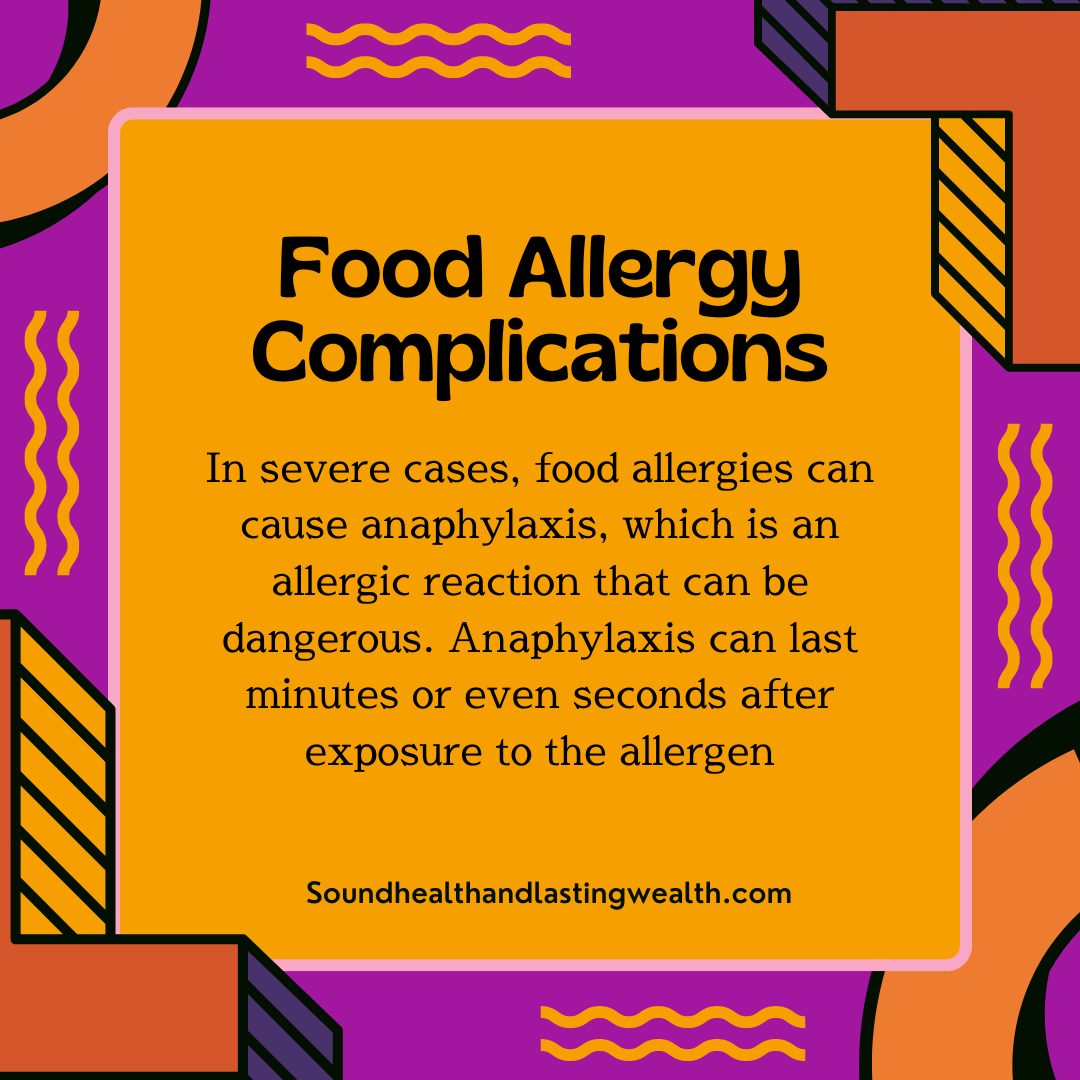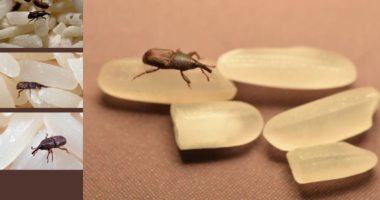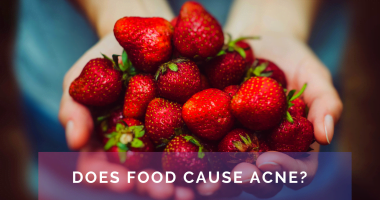- Anaphylaxis is a severe, life-threatening allergic reaction that requires immediate treatment why does it occur?
- Common triggers include foods, insect stings, medications, and latex
- Symptoms can affect multiple organ systems and lead to shock if untreated
- Epinephrine is the only effective treatment to reverse anaphylaxis
- Even with treatment, emergency medical care is still needed
Anaphylaxis is a severe, life-threatening allergic reaction that can happen within seconds or minutes of exposure to something you’re allergic to, such as certain foods, insect stings, or medications. It’s caused by the immune system mistaking a harmless substance for something dangerous and releasing a flood of chemicals that cause the body to go into shock. In this article, I’ll explain the difference between anaphylaxis and a regular allergic reaction, what causes it, the stages of anaphylaxis, and the symptoms of anaphylactic shock. I’ll also provide some key takeaways and frequently asked questions to help you better understand this dangerous condition.

Anaphylaxis vs Allergic Reaction
Anaphylaxis is a serious medical emergency that can occur in response to allergens, and it is crucial to understand how it differs from a typical allergic reaction. In this discussion, I will clarify the distinctions between anaphylaxis and allergic reactions, explore the causes of anaphylaxis, and outline the symptoms and necessary responses.
What is an Allergic Reaction?
An allergic reaction occurs when your immune system overreacts to a substance (allergen) that is usually harmless, such as pollen, dust, or certain foods. Common symptoms include:
- Sneezing
- Itchy or watery eyes
- Skin rashes or hives
- Nasal congestion
These reactions can range from mild to moderate and typically do not involve life-threatening symptoms.
What is Anaphylaxis?
Anaphylaxis is the most severe form of an allergic reaction, characterized by a rapid onset and potentially life-threatening symptoms. It involves multiple body systems, particularly the respiratory and cardiovascular systems. Symptoms of anaphylaxis can include:
- Difficulty breathing or wheezing
- Swelling of the throat or tongue
- Rapid or weak pulse
- Dizziness or fainting
- Skin reactions like hives or flushing
The key difference lies in the severity and the systems affected. Anaphylaxis can escalate quickly and requires immediate medical intervention, whereas a typical allergic reaction may resolve on its own or with over-the-counter medications.
Causes of Anaphylaxis
Anaphylaxis can be triggered by various allergens, including:
- Foods: Peanuts, tree nuts, shellfish, fish, eggs, and milk are among the most common food triggers.
- Insect stings: Reactions to stings from bees, wasps, or hornets can lead to anaphylaxis.
- Medications: Certain antibiotics, aspirin, and non-steroidal anti-inflammatory drugs (NSAIDs) can provoke severe reactions.
- Latex: Exposure to latex products can also trigger anaphylaxis.
Understanding your specific allergens is crucial for prevention. For instance, in Australia, about one in 20 children and one in 50 adults suffer from food allergies, making awareness of potential triggers vital for safety.
Stages of Anaphylaxis
Healthcare providers sometimes break down anaphylaxis into four stages:
Stage 1: Mild Symptoms
The initial stage of anaphylaxis may present with mild symptoms that can easily be mistaken for a less severe allergic reaction. Common symptoms in this stage include:
- Itching or hives: Localized areas of redness or raised welts on the skin.
- Skin redness: Flushing or a rash may appear.
- Allergic rhinitis: Symptoms such as sneezing, runny nose, or itchy eyes may occur.
While these symptoms may not seem alarming, it is essential to monitor them closely, as they can escalate to more severe reactions. If you notice these symptoms, it is advisable to remain vigilant and consult a healthcare provider if they worsen or if additional symptoms develop.
Stage 2: Moderate Symptoms
As anaphylaxis progresses, symptoms become more pronounced and widespread. In this stage, you might experience:
- Swelling: Increased swelling of the face, lips, or tongue.
- Respiratory issues: Difficulty swallowing, a hoarse voice, or wheezing.
- Gastrointestinal symptoms: Abdominal pain, nausea, vomiting, or diarrhea.
- Increased skin reactions: More extensive hives or rashes.
At this point, it is critical to seek medical attention immediately. Moderate symptoms can quickly escalate to severe stages, and emergency medical care, including the use of an epinephrine auto-injector, may be necessary.
Stage 3: Severe Symptoms
In the third stage, symptoms become severe and potentially life-threatening. Key indicators include:
- Respiratory distress: Swelling of the airways or bronchospasm, leading to difficulty breathing.
- Cardiovascular symptoms: A rapid or weak pulse, chest pain, or tightness.
- Drop in blood pressure: This can lead to dizziness, lightheadedness, or fainting.
Immediate medical intervention is essential during this stage to prevent further complications. If you experience these symptoms, use an epinephrine auto-injector if available and call emergency services right away.
Stage 4: Life-Threatening Anaphylaxis
The final stage of anaphylaxis is the most severe and can rapidly lead to anaphylactic shock. Symptoms may include:
- Severe drop in blood pressure: This can result in weak or absent pulse and inadequate blood flow to vital organs.
- Loss of consciousness: You may become unresponsive or faint.
- Respiratory failure: Increased swelling of the airways may lead to gasping for breath or inability to breathe.
Anaphylactic Shock Symptoms
The most dangerous stage is anaphylactic shock, which requires immediate treatment to save the person’s life. Symptoms include:
- Pale, clammy skin
- Weak, rapid pulse
- Nausea and vomiting
- Dizziness and fainting
- Severe shortness of breath
- Loss of consciousness
If you or someone around you experiences these symptoms after exposure to a known allergen, use an epinephrine auto-injector if available and call emergency services immediately. Anaphylaxis can be fatal if not treated promptly.
Immediate Treatment for Anaphylaxis
Understanding the treatment options available can be crucial for those at risk. Here’s a comprehensive overview of how to treat anaphylaxis effectively.
Epinephrine Administration
The first and most critical step in treating anaphylaxis is the administration of epinephrine (adrenaline). This medication works rapidly to reverse the symptoms of anaphylaxis, including:
- Vasoconstriction: It narrows blood vessels, which increases blood pressure.
- Bronchodilation: It relaxes the muscles around the airways, improving breathing.
- Decreased vascular permeability: It reduces swelling and hives.
Epinephrine should be injected intramuscularly, typically into the outer thigh, as soon as anaphylaxis is suspected. It’s advisable for individuals at risk to carry an epinephrine auto-injector and know how to use it properly. If symptoms do not improve within 5 to 15 minutes, a second dose may be administered.
Call Emergency Services
After administering epinephrine, it’s essential to call emergency services immediately. Even if symptoms improve, medical evaluation is necessary because symptoms can recur, a phenomenon known as biphasic anaphylaxis.
Supplemental Treatments
In a medical setting, additional treatments may be provided, including:
- Oxygen therapy: To assist with breathing if the patient is struggling.
- Intravenous (IV) fluids: To maintain blood pressure and hydration.
- Antihistamines: Such as diphenhydramine, may be given to alleviate hives and itching, but they should not replace epinephrine as they have a slower onset of action.
- Corticosteroids: These may be administered to reduce inflammation and prevent a delayed reaction, although they do not provide immediate relief.
Monitoring and Follow-Up Care
Observation Period
Patients who have experienced anaphylaxis should be monitored in a medical facility for several hours to ensure that there are no recurrent symptoms. The standard observation time is typically 4 to 6 hours for those who respond well to treatment.
Long-term Management
For individuals with a history of anaphylaxis, long-term management strategies may include:
- Allergy testing: To identify specific triggers and avoid them.
- Immunotherapy: Such as venom immunotherapy for insect stings or oral immunotherapy for food allergies, which can help desensitize the immune system to specific allergens.
- Education: Teaching patients and their families about recognizing early signs of anaphylaxis and the importance of carrying an epinephrine auto-injector at all times.
A recent case of Hannah Jacob, 13 years old girl, Dies After an Allergic Reaction to Costa Coffee Hot Chocolate
The recent inquest into the death of 13-year-old Hannah Jacobs has shed light on the devastating consequences of food allergies and the importance of proper allergy management. Hannah, who had been allergic to dairy products, fish, and eggs since she was a toddler, tragically passed away in February 2023 after taking just one sip of a Costa Coffee hot chocolate that was supposed to be made with soya milk.

According to the inquest, Hannah experienced an “immediate reaction” after consuming the hot chocolate. She quickly developed symptoms of anaphylaxis, a severe and potentially life-threatening allergic reaction. Hannah’s mother, Abimbola Duyile, who had ordered the drinks, informed the Costa Coffee staff about her daughter’s severe dairy allergy and requested that the milk jug be cleaned before preparing the drinks.
Despite Ms. Duyile’s efforts to ensure the staff was aware of Hannah’s allergy, the teenager took a sip of the hot chocolate and immediately reacted. She rushed to the restroom, exclaiming, “That was not soya milk,” while coughing up phlegm and complaining of chest pains. Hannah’s lips and mouth began to swell, and she experienced intense itching.
Ms. Duyile quickly took her daughter to a nearby pharmacy, where Hannah collapsed. The pharmacist administered an EpiPen injection, and resuscitation efforts began. Paramedics arrived shortly after and continued life-saving measures, but Hannah was pronounced dead at the hospital by 1 PM.

FAQs
Q. Can anaphylaxis be prevented?
A. While you can’t always prevent anaphylaxis, being aware of your allergies and avoiding triggers is important. If you have severe allergies, carry an epinephrine auto-injector with you at all times in case of accidental exposure.
Q. Is anaphylaxis contagious?
A. No, anaphylaxis is not contagious. It’s an allergic reaction that occurs when the immune system overreacts to a harmless substance.
Q. Can anaphylaxis happen after a food is eaten multiple times before?
A. Yes, anaphylaxis can occur even after a food has been eaten many times without issue. The immune system can develop an allergy at any point, so caution is always warranted with known allergens.
Q. How long does anaphylaxis last?
A. Anaphylaxis symptoms usually appear within minutes of exposure to the trigger and can last for hours if untreated. Even after initial symptoms improve with epinephrine, a second reaction can occur hours later, so medical observation is crucial.
Q. Can anaphylaxis be outgrown?
A. While some children may outgrow certain food allergies over time, most people do not outgrow anaphylaxis. The vast majority, around 80%, will continue to have severe reactions if exposed to their allergen.
Remember, anaphylaxis is a medical emergency that requires quick action. If you suspect you or someone else is experiencing anaphylaxis, use an epinephrine auto-injector if available and call emergency services immediately. Prompt treatment can be the difference between life and death.
Also Read | Phase 3 Trials for Indigenous Dengue Vaccine Begin: What to Know









